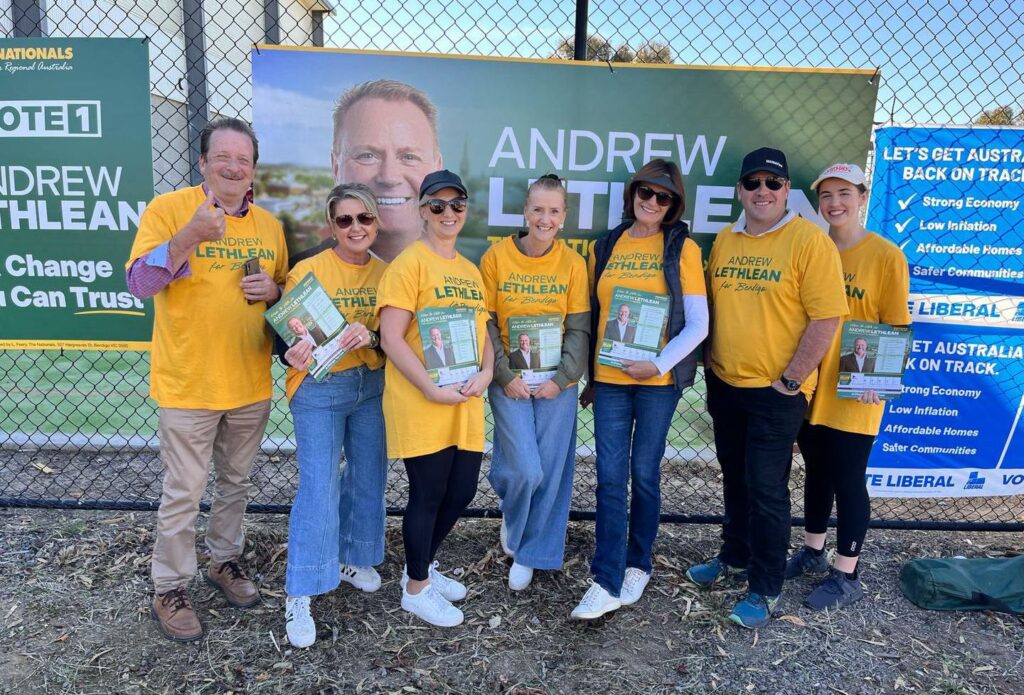Federal Coalition should split
The Liberal and National parties in Australia should end their Federal Coalition while in opposition for the Liberals to rebuild in capital cities.
The votes have been counted, and while they’re still tallying some, the result is clear. It’s a significant victory for Anthony Albanese and the Australian Labor Party.
I predicted that Labor would return with an absolute majority, but I didn’t anticipate the number of seats won or the boost in their primary vote.
I expected Labor to pick up four or five seats, at least two from the Greens, which happened. I thought they might lose one or two, possibly to the Liberals or an Independent.
Instead, Labor has acquired a substantial number of seats across Australia. They’ve excelled in Tasmania and have gained seats in Adelaide, Perth, Brisbane, Melbourne, and Sydney.
The Liberal Party has been reduced to about 45 or 46 seats in coalition with the Nationals. Around 14 or 15 of those will be Nationals members, leaving the rest as regional-based Liberals.

This reduction highlights a significant issue for the Liberal Party, suggesting a need for the Coalition to split. Historically, until the mid-1980s, the parties often operated separately when in opposition, which had its benefits.
If separated, each could focus on appealing to their core constituencies and strengthening their brand. This especially holds for the National Party, which used to gain more media attention as an independent entity.
Precedents for Coalition split
Historically, even if operating separately pre-election, a partnership was reinstituted when forming a government. During the Menzies and McEwen years, this was notably effective.
Continuing the coalition risks skewing too far towards regional and outer metropolitan voters, more aligned with right-wing views.
The Liberal Party is nearly wiped out in Australia’s major cities, barely holding seats in Melbourne, Sydney, and almost none in Perth and Adelaide. Their loss of appeal to middle Australia and professionals is evident.
During the 2022 federal election, while working on independent candidate Jack Dempsey’s campaign in Hinkler, I observed support from educated, professional women, including doctors, who previously leaned Liberal.
These voters are now influenced by issues like climate change. The Liberal Party faces the challenge of winning back these votes, but a return to power in the near future seems unlikely.
The Liberal Party needs to revisit its core values, representing aspiration and opportunity, instead of resembling a right-wing populist party akin to Donald Trump’s Republican style or the UK’s Reform Party.
To return to power, they must reclaim seats lost to Teal independents and strengthen their presence in outer Melbourne and Sydney suburbs.
With only about 45 seats in a 150-member parliament, most being regional and peri-urban, the Liberal Party’s path to victory is unclear.
Additionally, they’ve lost a generation of talent from their moderate wing, and are dominated by more extreme right-wing influences, including climate change deniers in Queensland.
To recover, the Liberal Party should break away from the National Party, end the coalition, and rebuild their support in areas traditionally strong for them, such as the leafy suburbs of Melbourne, Sydney, and Adelaide.
Historically, separation has been successful. In Victoria’s early 2000s, Peter Ryan split the National Party from the coalition to rebuild and reestablish the party as a standalone entity.
The primary complication of a coalition breakup would be in Queensland, where the parties merged years ago. I opposed this merger, believing in maintaining separate identities across Australia.
The merger occurred due to Fitzgerald Corruption Commission reforms, which shifted away from preferential voting, complicating the flow of preferences between the competing Liberal and Nationals Parties.
Now back to preferential voting in Queensland, seats are designated based on party allocation during the merger, leading to Liberals holding seats traditionally contested by Nationals.
A solution is necessary if the coalition splits. If resolved, the coalition’s breakup should empower both parties.
Ultimately, returning to core values and winning back critical seats in major cities is vital for the Liberal Party to compete again effectively. A Coalition split will help them to achieve this.


